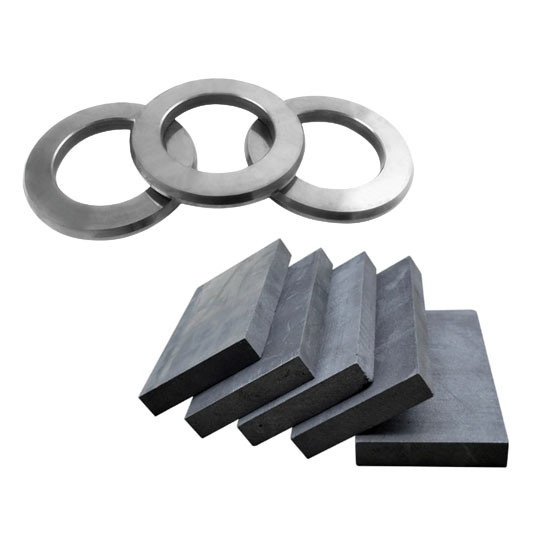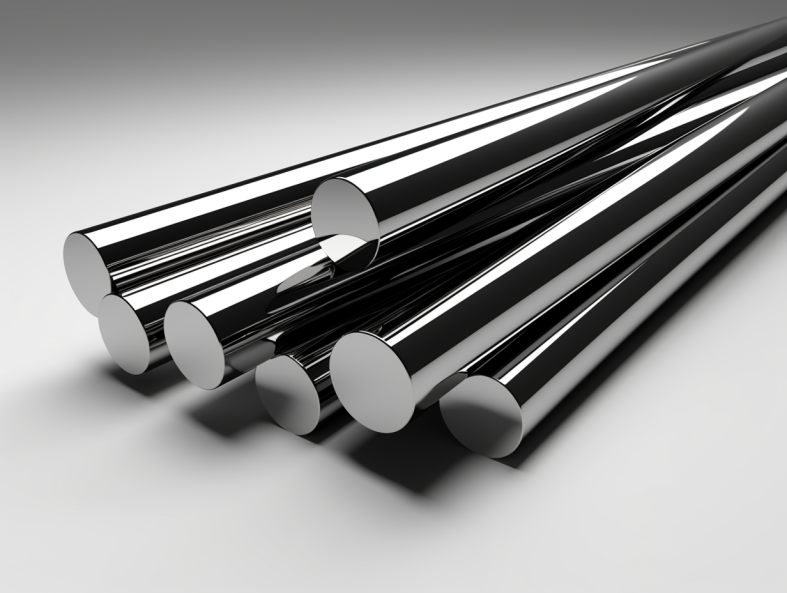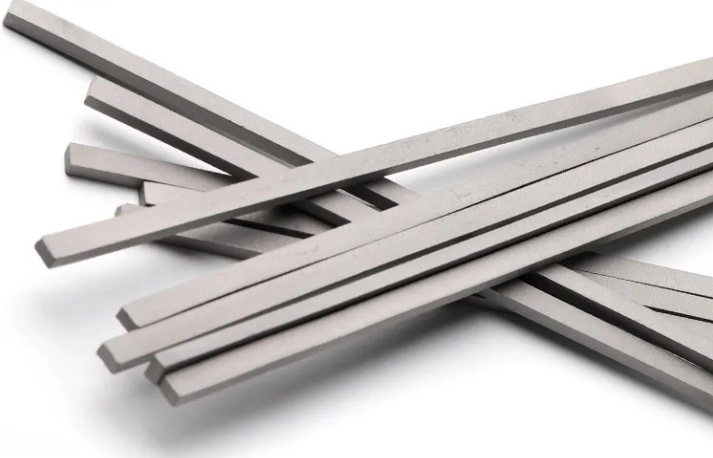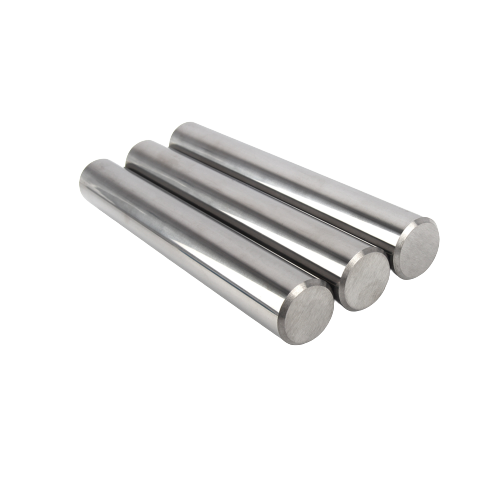Введение: Важность твердосплавных и керамических режущих инструментов в производстве и металлообработке
Когда речь идет о механической обработке, выбранные вами инструменты могут повлиять на эффективность, точность и общие производственные затраты. Твердый сплав и керамические инструменты - два наиболее широко используемых режущих материала в обрабатывающей промышленности и металлообработке. Но какой из них лучше всего подходит для ваших целей?
Как твердосплавные, так и керамические режущие инструменты имеют свои сильные и слабые стороны. Твердосплавные инструменты отличаются прочностью и универсальностью, что делает их идеальными для обработки широкого спектра материалов. С другой стороны, керамические инструменты известны своей невероятной твердостью и термостойкостью, что делает их превосходными при высокоскоростной обработке.
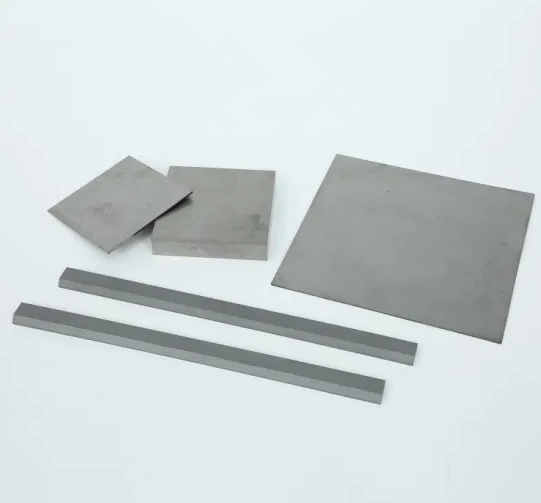
Материалы и состав карбида против Керамические инструменты
Принципиальное различие между твердосплавными и керамическими режущими инструментами заключается в их составе. Давайте разберемся в этом:
Состав твердосплавных инструментов
Твердосплавные режущие инструменты в основном состоят из частиц карбида вольфрама (WC), соединенных металлическим связующим, обычно кобальтом (Co). Наиболее распространенные варианты включают:
- Цементированный карбид (WC-Co): Смесь карбида вольфрама и кобальта, обеспечивающая баланс прочности и твердости.
- Керметы (керамика + металл): Сочетание керамики и металла, обеспечивающее износостойкость и повышенную прочность.
- Твердые сплавы с покрытием (TiN, TiAlN, Al2O3): Твердосплавные инструменты с покрытием из нитрида титана (TiN), нитрида титана и алюминия (TiAlN) или оксида алюминия (Al2O3) для повышения производительности при высокоскоростном резании.
Состав керамических инструментов
Керамические инструменты, с другой стороны, состоят из неметаллических, неорганических материалов, обладающих высокой твердостью и износостойкостью. К распространенным материалам для керамических инструментов относятся:
- Глинозем (Al2O3): Самый распространенный керамический материал для режущих инструментов, обладающий превосходной износостойкостью.
- Нитрид кремния (Si3N4): Более прочный керамический материал, отлично подходит для высокоскоростной черновой обработки.
- Усиленная керамика (SiCw + Al2O3): Усики из карбида кремния, усиленные глиноземом, обеспечивают исключительную прочность.
- Смешанная керамика (Al2O3 + TiC): Смесь глинозема и карбида титана обеспечивает повышенную прочность и термостойкость.
Твердость и износостойкость твердого сплава и Керамические инструменты
Если говорить о твердости, то керамические инструменты занимают лидирующие позиции. Они значительно тверже твердосплавных инструментов, что делает их идеальными для высокоскоростной обработки и резки закаленных материалов. Однако за эту повышенную твердость приходится платить - керамические инструменты гораздо более хрупкие, чем твердосплавные.
- Твердость карбида: Обычно колеблется в пределах 1 500-2 000 HV (твердость по Виккерсу).
- Керамическая твердость: Обычно превышает 2 500 HV, иногда достигает 3 000 HV.
Керамические инструменты отличаются повышенной износостойкостью, что означает, что они служат дольше при непрерывной резке. Твердосплавные инструменты, однако, обладают лучшей ударопрочностью, что делает их пригодными для прерывистой резки.
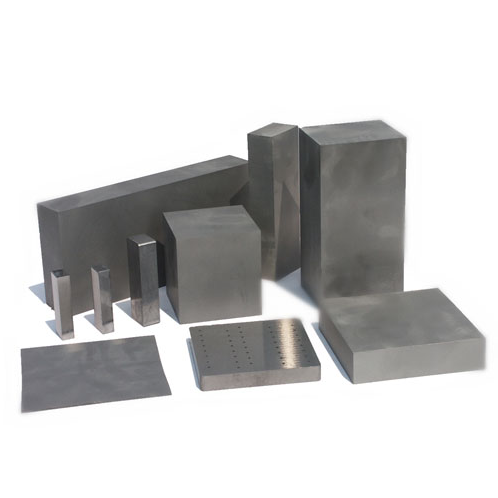
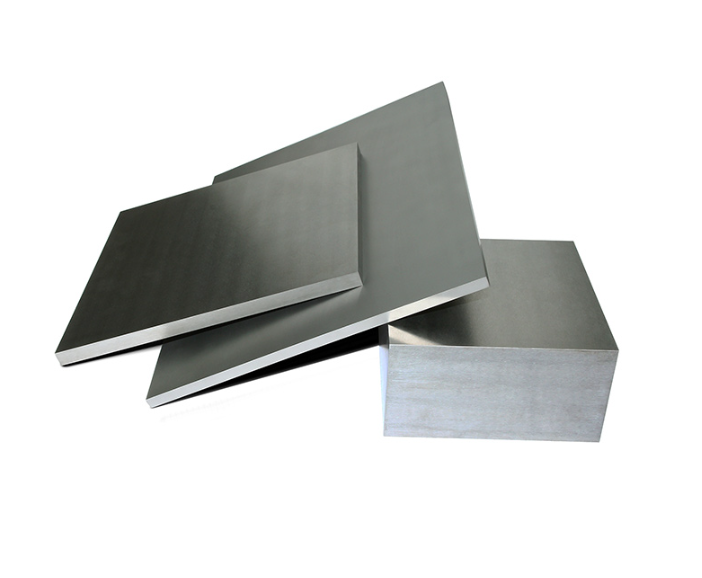
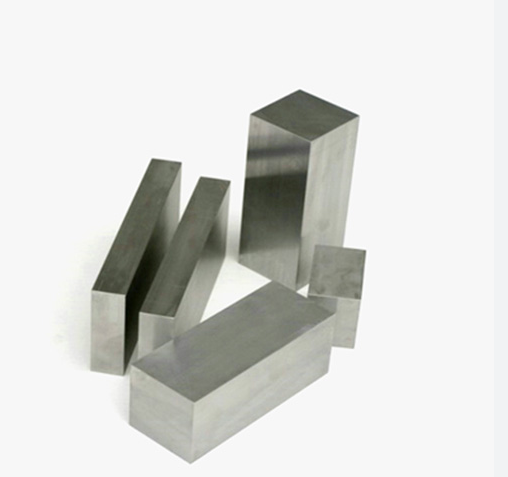
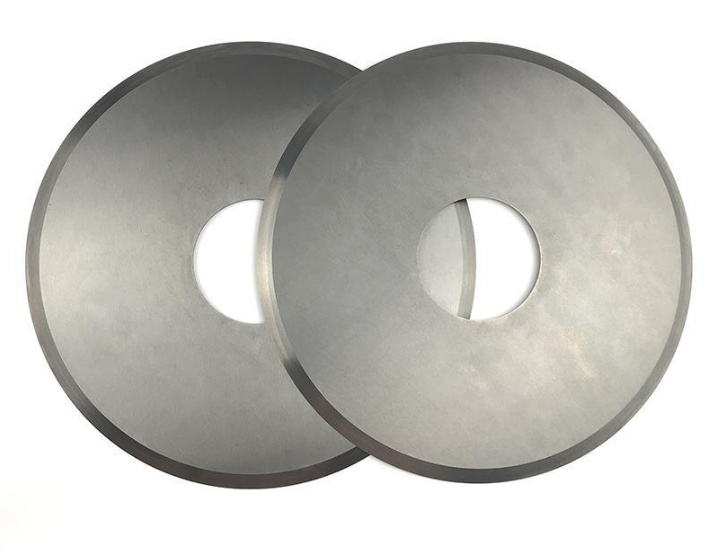
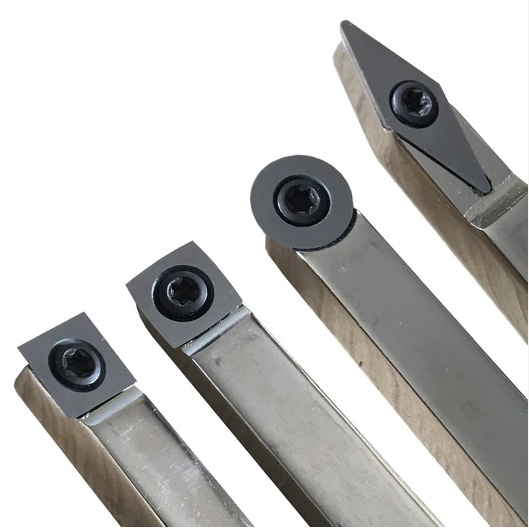
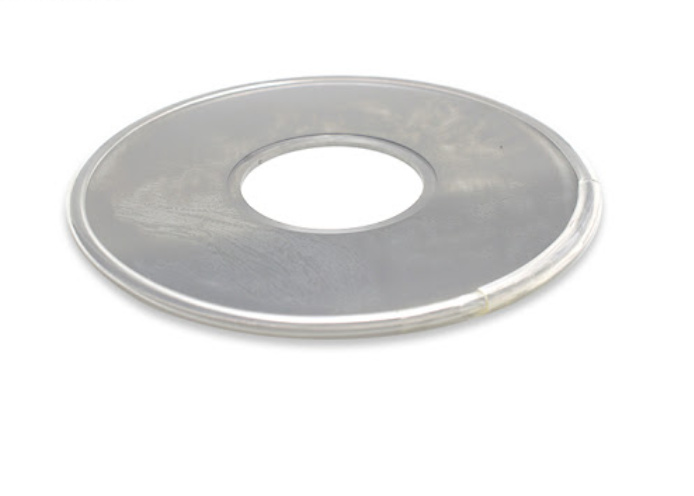
Сравнение скорости и эффективности резки
| Характеристика | Твердосплавные инструменты | Керамические инструменты |
|---|---|---|
| Скорость резки | 150-300 м/мин | 500-1 200 м/мин |
| Скорость подачи | Умеренный | Высокая |
| Приложение | Общее назначение | Высокоскоростная обработка |
| Тип обработки | Фрезерование, сверление, точение | Высокоскоростное вращение |
Теплостойкость и эффективность рассеивания тепла
| Характеристика | Твердосплавные инструменты | Керамические инструменты |
|---|---|---|
| Максимальная температурная стойкость | 800-1,000°C | 1,200-1,400°C |
| Рассеивание тепла | Умеренный | Высокая |
| Подходит для сухой обработки | Нет | Да |
| Теплопроводность | Высокая | Низкий |
Применяемые материалы заготовок для твердого сплава и Керамические инструменты
Твердосплавные инструменты лучше всего подходят для:
- Мягкая сталь и нержавеющая сталь
- Чугун
- Алюминий и цветные металлы
- Композиты
Керамические инструменты лучше всего подходят для:
- Закаленная сталь (HRC > 50)
- Суперсплавы (инконель, хастеллой, сплав Васпалой)
- Титановые сплавы
- Чугун (высокоскоростное применение)
Стоимость и экономика твердосплавных и керамических инструментов
Стоимость - важный фактор при выборе инструмента. Хотя керамические инструменты могут работать дольше в высокоскоростных условиях, их хрупкость требует осторожного обращения. Твердосплавные инструменты предлагают более сбалансированный подход к соотношению стоимости и производительности.
| Характеристика | Твердосплавные инструменты | Керамические инструменты |
|---|---|---|
| Первоначальная стоимость | Нижний | Выше |
| Срок службы инструмента | Умеренный | Дольше (при правильном использовании) |
| Эффективность затрат | Универсальный, экономичный | Лучше всего подходит для высокоскоростной резки |
| Техническое обслуживание | Менее хрупкие, более прочные | Более хрупкая, требует специальных знаний |
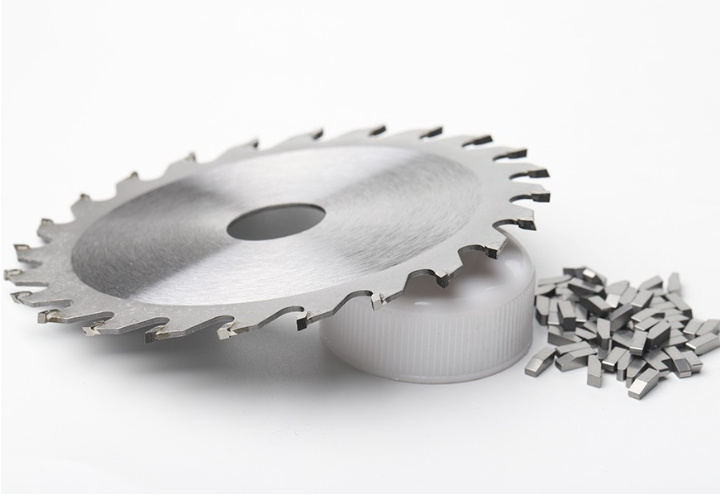
ЧАСТО ЗАДАВАЕМЫЕ ВОПРОСЫ
| Вопрос | Ответить |
|---|---|
| Какой инструмент служит дольше? | Керамические инструменты служат дольше при высокоскоростной обработке, но твердосплавные инструменты более долговечны в общем применении. |
| Керамические инструменты стоят дороже? | Да, но при правильном применении они обеспечивают более длительный срок службы. |
| Можно ли использовать керамические инструменты для прерывистых разрезов? | Нет, керамические инструменты хрупкие и склонны к сколам при прерывистом резе. |
| Лучше ли твердосплавные инструменты подходят для начинающих? | Да, твердосплавные инструменты проще в использовании и более щадящие, чем керамика. |
| Следует ли использовать керамические инструменты для алюминия? | Нет, твердосплавные инструменты лучше подходят для алюминия благодаря своей прочности. |
| Какой инструмент лучше всего подходит для закаленной стали? | Керамические инструменты лучше всего подходят для обработки закаленной стали. |
| Могут ли инструменты из твердого сплава выдерживать высокие температуры? | До определенной степени, но керамика гораздо лучше справляется с нагревом. |

